
What was once a land of grasslands, immense prairies and undeveloped savannahs, Iowa has experienced vast changes over the last one hundred and fifty years. In spite of the drastic human development, the woodlands remain the most enduring remnants of Iowa’s biological population. In early spring, the woodlands seem to explode with life layer by layer. The first Iowa woodland wildflowers begin peeking through layers of fallen branches and dead leaves. These spring woodland flowers are some of the most colorful and abundant.
The first to bloom, usually in April, are the light pink-white or blue Hepatica, white Bloodroot that “bleeds” a reddish-orange liquid when the stem is broken, white Trillium, pale pink or white buttercup-like Rue Anemone (Wind Flower) and the aromatic drooping Dutchman’s breeches. Early May brings out the nearly hidden maroon flowers of Wild Ginger, Common Violets in yellow, white and violet shades, the blue petal Virginia Bluebells and the nearly stem less white Dog-tooth Violet. Mid-May starts showing the bluish-lavender flowers of Jacob’s Ladder, white and lavender Virginia Waterleaf (named because of the spots on the leaves), and the favorite Jack-in-the-Pulpit pale green flower with the inflorescent center.
Wildflowers in such vast quantities capture the attention of photographers that film nature more than almost anything else. Nothing can surpass the beauty that nature itself supplies for us. Massive fields are beautiful as photographs just as they are, or as backdrops for photo shoots especially of children or for weddings. Each individual flower is beautiful. Often these pictures are seen on postcards or greeting cards. Nothing needs to be added inside to make these a special gift in itself.
If interested in photographing wildflowers at their best, it is imperative to have certain basic equipment. The standard 35mm camera is a must. Adding a close-up lens or macro-lens is preferred for a better outcome. Some nature photographers prefer the 105mm macro lens and others prefer the 50 or 55mm macro lens. The perfect lighting for nature video or still photography is essential. At noon the bright sun will wash out the petal colors, so early evening or morning is the most opportune time for catching the warm colors that pay tribute to the blues, reds and yellows of the petals. Often times a cloudy day is perfect since it serves as a light diffuser. Although natural light is the most ideal, if that is not possible, an electronic flash will sometimes be a good alternative. If it is possible to backlight or sidelight the flowers, it will bring out a radiant glow accentuating the venation in the leaves and petals. Holding the camera steady is nearly impossible, so the use of a tripod or a bean bag to steady the camera is best. When photographing an individual flower you must get down close and personal to the flower to get the best possible picture. Focusing directly at the center of the flower will make sure the brilliantly focused flower, which is your main subject, is accentuated by a blurred background. However, at high magnifications, the depth of field, which is the depth of the image that is in sharp focus, is very shallow. So make sure the most important part of your flower is in sharp focus. Oftentimes when filming Iowa woodland wildflowers there has to be a compromise of a small enough aperture to have all the flower in focus but large enough so that you are maintaining a blurry background to make the flower stand apart. The wind can be a major obstacle in trying to get the perfect picture. Increasing the shutter speed on your camera will help alleviate that problem. If the light is dim, you may have to increase the ISO of your camera to accomplish that.
Fortunately, the tall trees that canopy the wild flowers are the last to leaf out. Once they are in full leaf, they block out the sunlight that is necessary for the wildflowers to survive. Regrettably, this marks the end of their season and the Iowa woodland wildflowers disappear until the beginning of the next spring thaw.

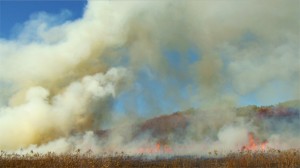
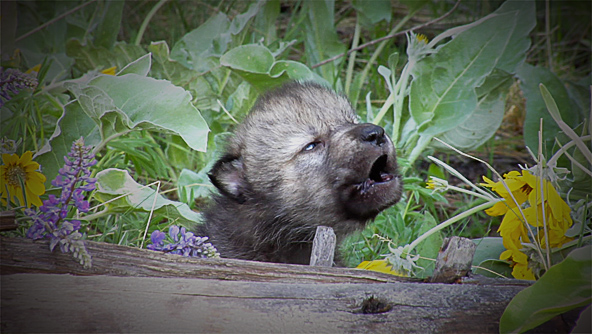
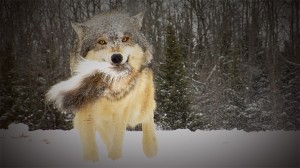
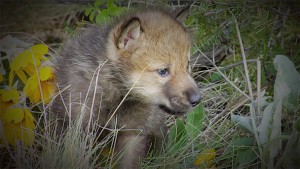 Furthermore, it was not openly proposed and discussed, but rather hidden away in a bill so important that those involved would have no choice but to pass it. This is clearly a case of political maneuvering. Everyone has seen the movie where, to save the sinking ship, the captain must seal off the leaking rooms, dooming the men inside. To do a greater good, a wrong must be done as well. The only reason it was done in this situation is that Senator Jon Tester and Representative Mike Simpson forced it to be so. If they had legitimate evidence of the species’ safety from nature and wildlife experts, they could have presented the unprecedented idea to Congress (remember that Congress has never, in 235 years, taken authority to remove an animal from protected capacity) in its own bill, instead of squirreling it away in the Congressional Budget Act which had to be passed immediately to avoid a government shutdown.
Furthermore, it was not openly proposed and discussed, but rather hidden away in a bill so important that those involved would have no choice but to pass it. This is clearly a case of political maneuvering. Everyone has seen the movie where, to save the sinking ship, the captain must seal off the leaking rooms, dooming the men inside. To do a greater good, a wrong must be done as well. The only reason it was done in this situation is that Senator Jon Tester and Representative Mike Simpson forced it to be so. If they had legitimate evidence of the species’ safety from nature and wildlife experts, they could have presented the unprecedented idea to Congress (remember that Congress has never, in 235 years, taken authority to remove an animal from protected capacity) in its own bill, instead of squirreling it away in the Congressional Budget Act which had to be passed immediately to avoid a government shutdown.

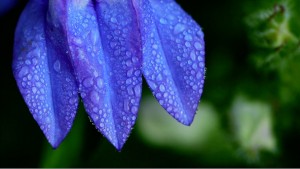
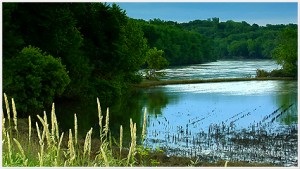
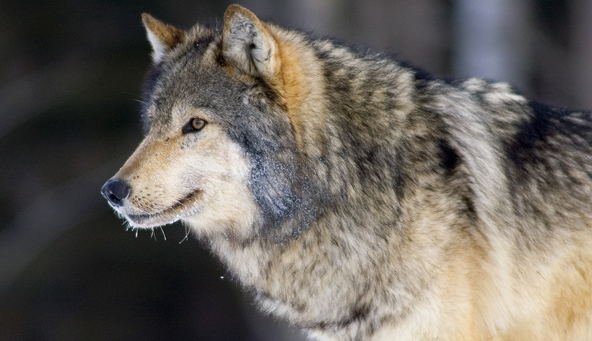







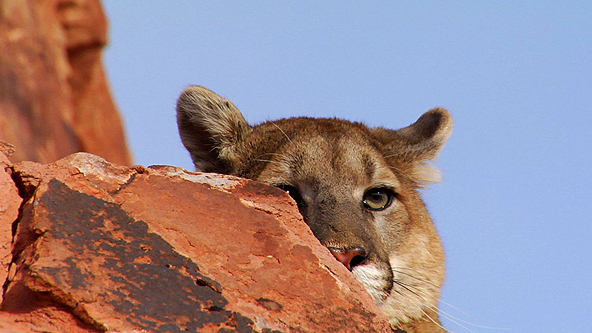










Working As a Wildlife Conservationist
As a nature and wildlife filmmaker, wildlife conservation is always on my mind.
It seems that the world is hell bent on bulldozing every last sanctuary of wilderness we have. So working to conserve wildlife and its habitat is something that I take very seriously.
Working As a Wildlife Conservationist
by Mark Bottell
Article Source: EzineArticles.com
We only have one planet and once we lose a species, it’s gone forever. Extinction rates of wildlife have surpassed all scientific models and is growing exponentially as the human population increases and expands.